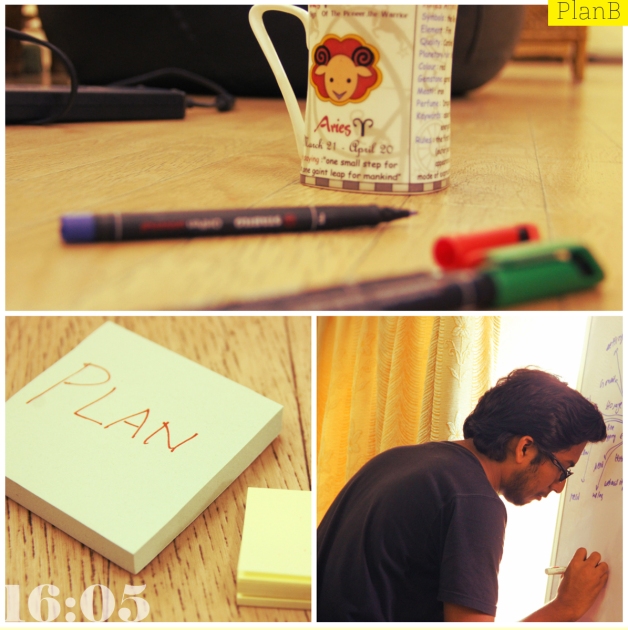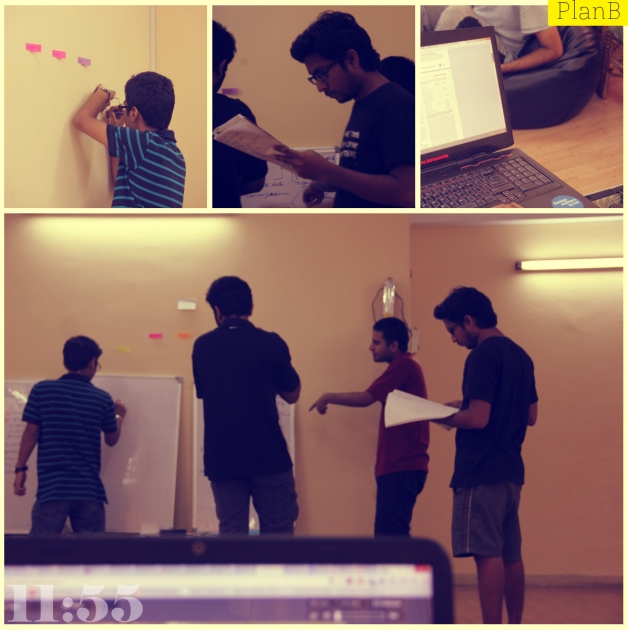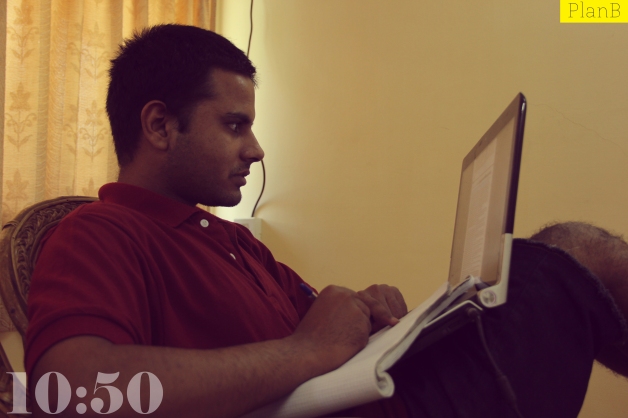@Step 4 : Mind Mapping : What exactly is an E-mail and its History

Taking the concept of an email as an abstract object, we have evaluated the change in this everyday necessity. When launched to the public in the early 1990’s the email was seen as a tool for instant message sending which would reduce the time in formal and informal conversation. However during the launch of the email the internet was in a stage of infancy and the possible expansions for the future was not considered in designing. Because of this lack of futuristic view most developments were made as an add on to the existing service.
If some of the oldies would remember the basic layout of the email hasnt changed a lot from the chronological list structure. However massive additions in capacities and flexibility have been incorporated.
Since the original single message with only ASCII characters, several developers (Google, Yahoo, Rediff, AOL, Microsoft, Hotmail etc..) have constantly redeveloped and redesigned the email. Some of the Major changes and evolution of the email can be seen below.
Major changes in the email is market driven where email service providers judge the needs of their target user base and bring out improvements. For example when the target audience shifted from industry professionals to the more vibrant section of society, features like embedded multimedia and instant chat was introduced.
By analysing the needs of the current society and predicting the needs of the future, we will be in a position to propose additions to the email.
We will next present the demerits of the current email features and the needs of evolving society from the email
Jotting down what all comes in mind from the word ‘e-mail’
@Miscellaneous : Coming Soon..
Image

After 5 continuous hours of brainstorming, user survey and evaluations.. our team is coming up with the progress report!
Just an hour more and we will be putting it up here.
1. Mind Map
2. User Research
3. Empathy Mapping
4. Heuristic Evaluation
@Miscellaneous : Till another break!
After some literature study, we are still confused and moving back and forth to the Zeroth level! We had divided the literature material among ourselves followed by listing down the extracts on the big wall and the white boards. Background research to get more insights into the subject is required to move more logistically. We are yet to connect the dots and frame a timeline! 😛
The challenge already proposed that today the email system looks into asynchronous communication, task management, personal archiving and now contact management. We also also found out that that we want these things in to the email system to provide a more holistic solution in the future: Management + Experience + Function = Enough said _/\_.
From the extracts major points to conclude was that email is a protocol and no longer just a means of communication. The paper (http://dl.acm.org/citation.cfm?id=238530) marks the term “Email Overload” which is in itself very broad and boggling.
Easy Encoding + Easy Storage + Easy Decoding are the tasks we initially worked on. Future problems and scope of the electronic mailing system is currently studied along with the factors which are affecting this communication since its inception. Probably we will do a case study of the same 😛
There is basically plenty of action in the space!!
There is this idea of cross-platforming which is gaining slowly. Various features have been narrowed down only to reduce our cognitive load and make our tasks in one good place. In physics its called ‘unification’.I would hastily add that the team FastFive has aptly put the findings as such:The term ‘Email Overload’ has been used consistently across different articles and papers explaining how there has not only been a humongous increase in the volume of email, but in the time spent by users in managing them as well. Things like filters, labels, archives, prioritization, reminders, mailing lists. social networking, instant messaging, threads are just a few terms to indicate how email services today are more than simply electronic – mail. What’s interesting is that all these features in a single service cater to a variety of users – from children to corporate professionals, from grandmothers to college professors. Thus, features and their usage are based on context which throws importance on customization.
With diverse ideas and concepts somewhere we lost our track only to find our peers helping us get back to the track! We have chalked down our plan for some field study. Two teams have been deployed to carry out the study on students and professors.
A rough timeline has been made when we thought that we wasted the morning drinking more coffee.
Here we go for lunch! 😀
@Step 3 : Brainstorming : Alright Team!! Ideas on the board..
Image

Brainstorming is a group or individual creativity technique by which efforts are made to find a conclusion for a specific problem by gathering a list of ideas spontaneously contributed by its member(s). Fortunately we did that.
Ideas came pouring in from every team member and it was a tough job to record every point on whiteboards, stick pads etc.
Reading the references provided by OzCHI and other sources of study like papers, articles, blogs and reports. We sat out and began to sort the ideas and inferences we had. This short brainstorming also led to some awesome new concepts already!
#lovingyouOzchi
@Step 2 : Literature Study
Image

A literature review is a text written by someone to consider the critical points of current knowledge including substantive findings, as well as theoretical and methodological contributions to a particular topic
The paper study is a very engrossing session which ensures hours of silence. Phew! Seems the discussion is going to be really really awesome.
Resources:
http://bits.blogs.nytimes.com/2012/07/08/life%E2%80%99s-too-short-for-so-much-e-mail/?_r=0
http://andrewmcafee.org/2006/09/the_9x_email_problem/
http://dailytekk.com/2012/05/15/50-ways-to-make-email-more-productive-and-enjoyable/
http://www.quora.com/Future-of-Internet/What-will-email-be-like-in-2017
#UpdatesnOutcomes to be posted soon
@Miscellaneous – Confusion – Revision
Few excerpts from the challenge to revise what we are doing! Indeed a common OzCHI24 syndrome!
Your task is to design an email ‘replacement’. Look at how email is used—what tasks do people perform using email? Does email need a wholesale replacement, or would it be better to leave tasks such as correspondence to email, while creating supplementary services for tasks best suited to a new system? Consider how these systems will inter-operate, how people will use them, and how and when they will need to access them.
Team mate Ankit (hes the male cook we hired in our team) is preparing some boost for us! \m/





